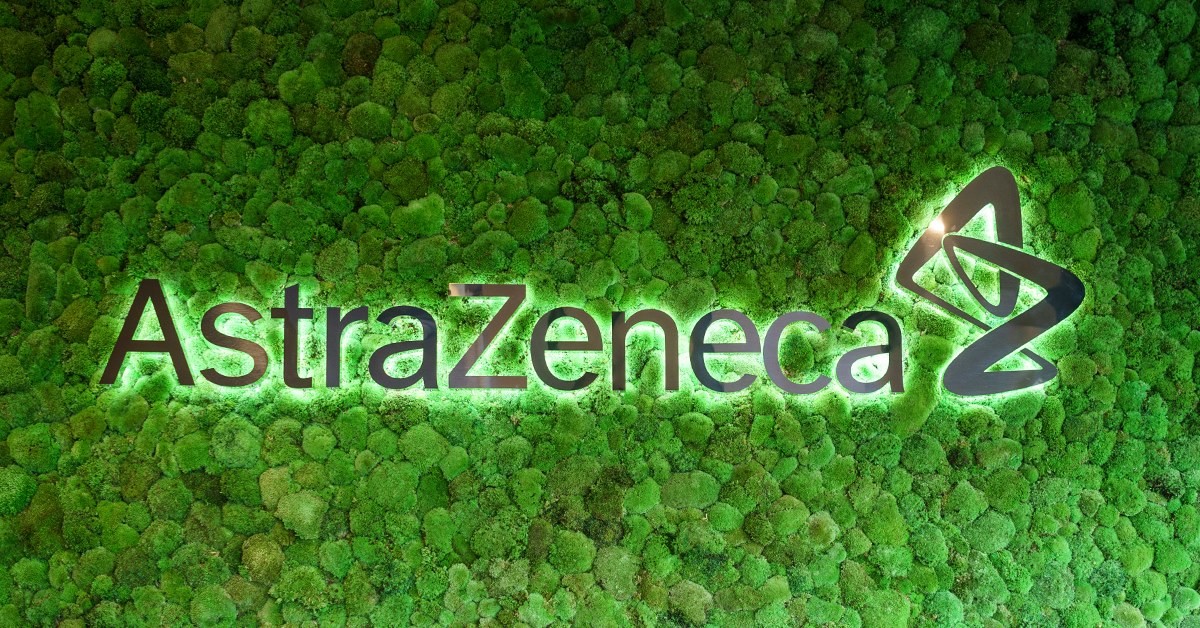Thanks to a mistake, the Astrazeneca vaccine approaches that of Pfizer and Moderna

The Oxford-Astrazeneca Covid vaccine achieved a 90% success rate thanks to a dosing error. Participants who received the first dose (halved by mistake) were more protected. Here are facts, numbers and comments
A question of serendipity. This is how Astrazeneca's executive vice president of biopharmaceutical research and development, Mene Pangalos, called it the fluke resulting from a dosing error that resulted in their vaccine being 90% effective.
The Covid vaccine produced by the company, and developed by the University of Oxford and its spin-out company, Vaccitech, in collaboration with the Italian Irbm, had in fact met the primary efficacy endpoint, with an average of 70%. A percentage lower than that of Pfizer and Moderna ads, which were 95% effective. Also lower than the 95% efficacy result of the Russian Sputnik V vaccine, released today .
But the British pharmaceutical company said on Monday that the vaccine could be 90% effective if given as a half dose followed by a full dose a month later, citing data from late-stage studies in Britain and Brazil.
All the details.
90% EFFECTIVENESS OF THE ASTRAZENECA VACCINE
"Our vaccine is 90% effective with the one and a half dose regimen", Piero Di Lorenzo, CEO and president of Irbm of Pomezia, told the Adnkronos Salute yesterday , who collaborated in the development together with the Oxford University of the anti-Covid vaccine produced and marketed on a large scale by Astrazeneca.
The news of an average efficacy of 70% of the Oxford-Irbm vaccine had opened in the morning: then the complete data showed that it was only an average between the various trials and the vaccine at the dosage of one and a half dose reached 90 %.
“We tested a series of dosages to identify the solution that would guarantee the best efficacy and tolerability”, explained Di Lorenzo.
EFFECTIVENESS OF HALF DOSE THANKS TO SERENDIPITY "
"The reason we got the half dose is because of the serendipity," Astrazeneca's Pangalos told Reuters .
A larger group that had received two full doses, as planned, produced an efficacy reading of 62%, leading to an overall efficacy of 70% in both dosing models.
Around the time that Astrazeneca was starting its partnership with Oxford in late April, university researchers were administering doses to trial participants in Britain.
They soon noticed that the expected side effects such as fatigue, headache or arm pain were milder than expected. “So we went back and checked. We found that they had given half the dose of the vaccine, ”Pangalos reported.
Therefore the company decided to continue with the half dose and administer the full booster dose at the scheduled time.
THE RESULTS OF THE CLINICAL STUDY
To recap: Approximately 3,000 people were given the half dose and then a full dose four weeks later. The data shows that 90% of them are protected. In the largest group, which were given two full doses even four weeks apart, the efficacy was 62%.
NOT EVEN THE SCIENTISTS AT WORK ON THE ASTRAZENECA VACCINE ARE NOT EXPLAINED
As the Guardian reported, the scientists said they still cannot fully explain why the half dose showed better protection. However, it could be because it triggers the immune system differently.
Professor Sarah Gilbert of the University of Oxford, who led the research, said: “It could be that giving a small amount of the vaccine to start and then a large amount is a better way to get the immune system to work. By giving a stronger and more effective immune response ”.
THE COMMENT OF ENRICO BUCCI: "THE PRESENCE OF A SIMILAR ERROR DOES NOT LAY WELL"
This is a machine translation from Italian language of a post published on Start Magazine at the URL https://www.startmag.it/sanita/grazie-a-un-errore-il-vaccino-di-astrazeneca-si-avvicina-a-quello-di-pfizer-e-moderna/ on Tue, 24 Nov 2020 15:12:59 +0000.
